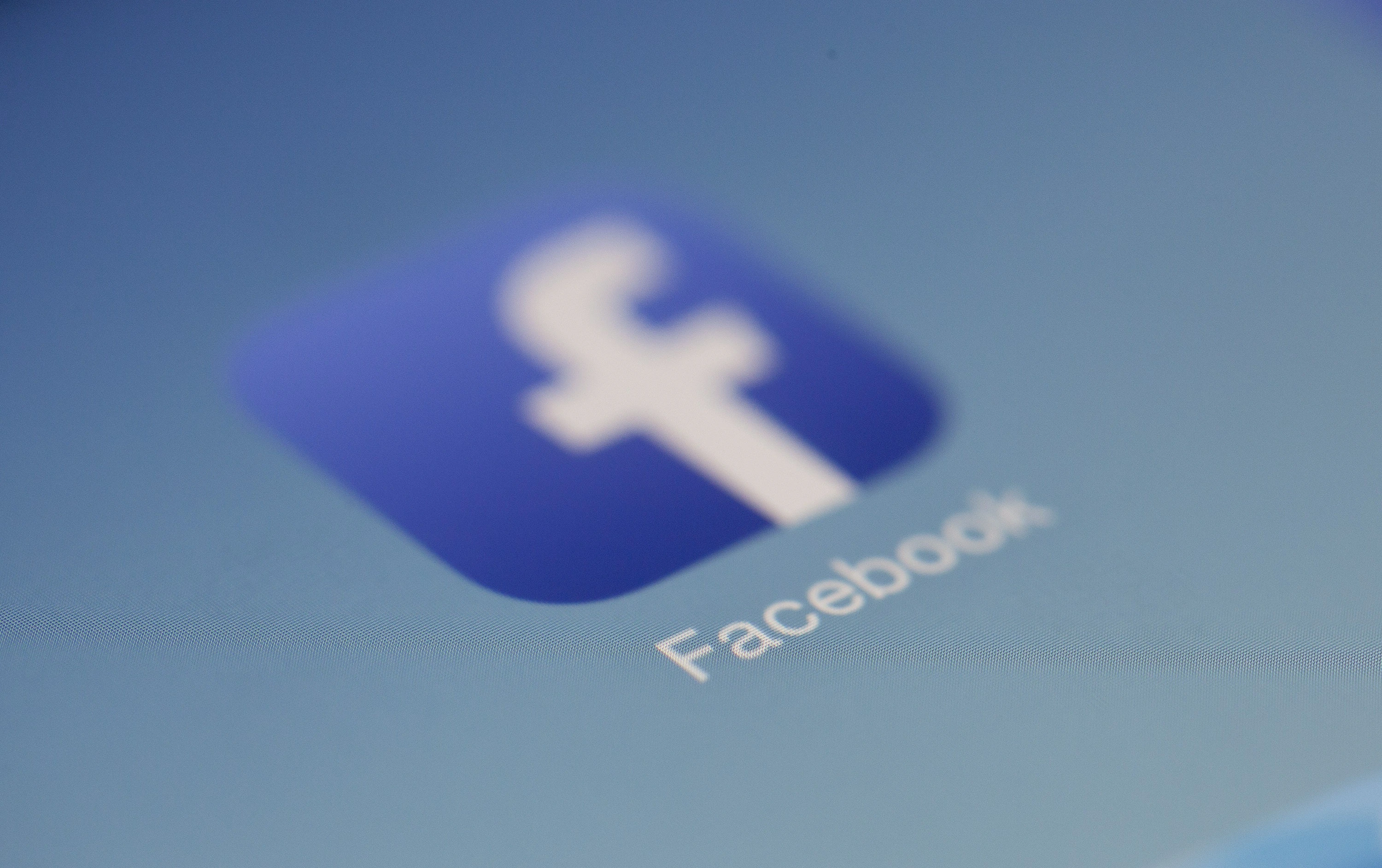Over the last few years, the rise of social media platform usage has resulted in the development of new digital culture. There are an estimated 3.69 billion people on social media in the world (Suciu). Social media has offered many users a potentially uncensored platform to air their views on matters close to their hearts. With these many users, most aspects of human lives have been intertwined with social media, from shopping to marketing and even politics. Research conducted by Pew Research Center during the presidential election year 2016 showed that sixty-two percent of Americans got their news from social media (Gottfried and Shearer). The chances of social media being exploited to spread misinformation, panic, and fear amongst Americans are very high, with shifting focus not on the right opinion but on the popular one.
The social media platform, Facebook, has become the new hub of political misinformation. The younger generations, such as millennials and gen Z, are more prone to using social media as their source of information. However, it has been shown that they are less likely to be deceived by misinformation following the events of the 2016 general election. They are wary of the information they consume and believe and are more open to conducting their research on the matters they find on social media (Suciu). Contrary to expectation, older generations of social media users are having a hard time separating myths and facts, and as such, are prone to be misguided or misinformed by the posts they read on social media platforms. A paper on the dissemination of fake information on Facebook found that users above the age of 65 were seven times more likely to share false information than people aged 18 to 24 years (Guess et al.). The authors of the paper attribute this to declining digital media literacy and that this demographic uses social endorsement as proof of credibility. Misinformation contributes to users’ polarisation, where users’ beliefs continue to be hardwired and endorsed by people in their circles until there is no room for civil discourse between them and people from the other side of the political divide. A major concern that has been brought forward as a result of polarization is voter silencing. Most users are unable to engage in civil political discord without attracting hate or negative criticism from other users. A good example is a Republican Party supporter, who, by declaring their affiliation to the party on social media, would be called a misogynist and racist due to Donald Trump’s comments and actions in the past (Suciu).
Social media further enhance polarization through artificial intelligence and data-based algorithms. Facebook uses user data to optimize their experience on their feeds. These platforms track the user’s search history and interactions, and this data is applied to an algorithm that gives the user the type of content that they want to see based on a collection of their preferences. For instance, for a user who likes conservative content on Facebook, joins a conservative group and has conservative friends, the algorithm is designed to give this user more conservative content, pages and friends every time they load the application. Now, this creates an echo chamber, where only the same type of information is always bombarded on the user (Smith). The user seemingly exists in a bubble, where their political views are affirmed, reaffirmed and endorsed by those in their social circles, which results in deeper polarization and lack of tolerance for the views of others across the political divide.
Facebook’s algorithms affected the 2016 election through voter suppression. Donald Trump’s campaign manager, Parscale admitted to using Facebook’s marketing and algorithms to aid Trump’s victory (Green and Issenberg). Trump and his acolytes were aware that they were in for a massive defeat during the 2016 election. They had been struggling to expand their voter base and ran simulations that all predicted a Trump loss. Parscale then changed its strategy from widening the base to suppressing Trump’s opposition. The marketing team crafted a series of advertisements aimed at Clinton’s major support groups, women and African Americans, urging them to abdicate the election. The algorithm then delivered these advertisements to Clinton’s base (Green and Issenberg).
On the positive side, Facebook has been a force for good in conducting voter education and creating civic awareness. Rock the Vote, an organization that has been encouraging the masses to vote through targeted campaigns at the youth, says that they find social media an easier platform to locate new and younger voters. The voters in question are Gen Z, who voted for their first time in the 2020 elections. The demographic, accustomed to online registration, was not fully prepared for the manual process involved in registering new voters. Rock the Vote used social media to reach out to these young demographic, and educate them on the registration and voting processes. The organization further stated that the demographic provided by social media offered a diversified sample size for vote pattern prediction, as opposed to using historical vote patterns from previous elections (Suciu).
In conclusion, social media platforms have had a great impact on the political spheres of our country. The issues of polarization and voter manipulation have been a great concern to many leaders, who are now advocating for tighter laws on tech giants entrusted with user data to reduce the negativity in social media.
Works cited
Gottfried, Jeffrey, and Elisa Shearer. News Use Across Social Media Platforms 2016 | Pew Research Center. 26 May 2016, https://www.journalism.org/2016/05/26/news-use-across-social-media-platforms-2016/.
Green, Joshua, and Sasha Issenberg. Inside the Trump Bunker, With 12 Days to Go – Bloomberg. 27 Oct. 2016, https://www.bloomberg.com/news/articles/2016-10-27/inside-the-trump-bunker-with-12-days-to-go.
Guess, Andrew, et al. “Less than You Think: Prevalence and Predictors of Fake News Dissemination on Facebook.” Asian-Australasian Journal of Animal Sciences, vol. 32, no. 2, 2019, pp. 1–9, doi:10.1126/sciadv.aau4586.
Smith, Robert Eliot. Machines on a Mission: How Algorithms Drive Our Political Polarization. 2 Sept. 2019, https://www.usatoday.com/story/opinion/voices/2019/09/02/social-media-election-bias-algorithms-diversity-column/2121233001/.
Suciu, Peter. How Important Is Social Media In Reaching Young Voters? 22 July 2020, https://www.forbes.com/sites/petersuciu/2020/07/22/how-important-is-social-media-in-reaching-young-voters/?sh=1864234b7679.








